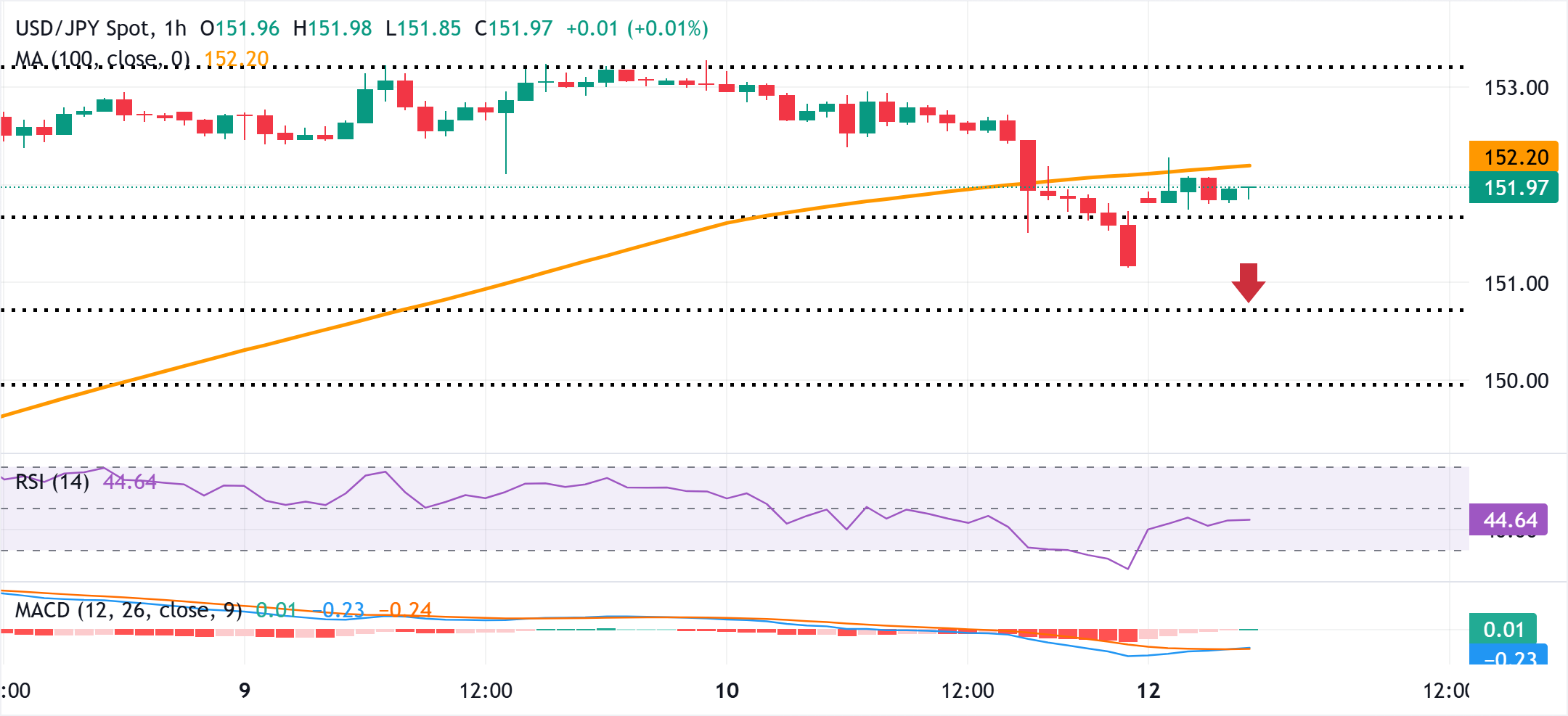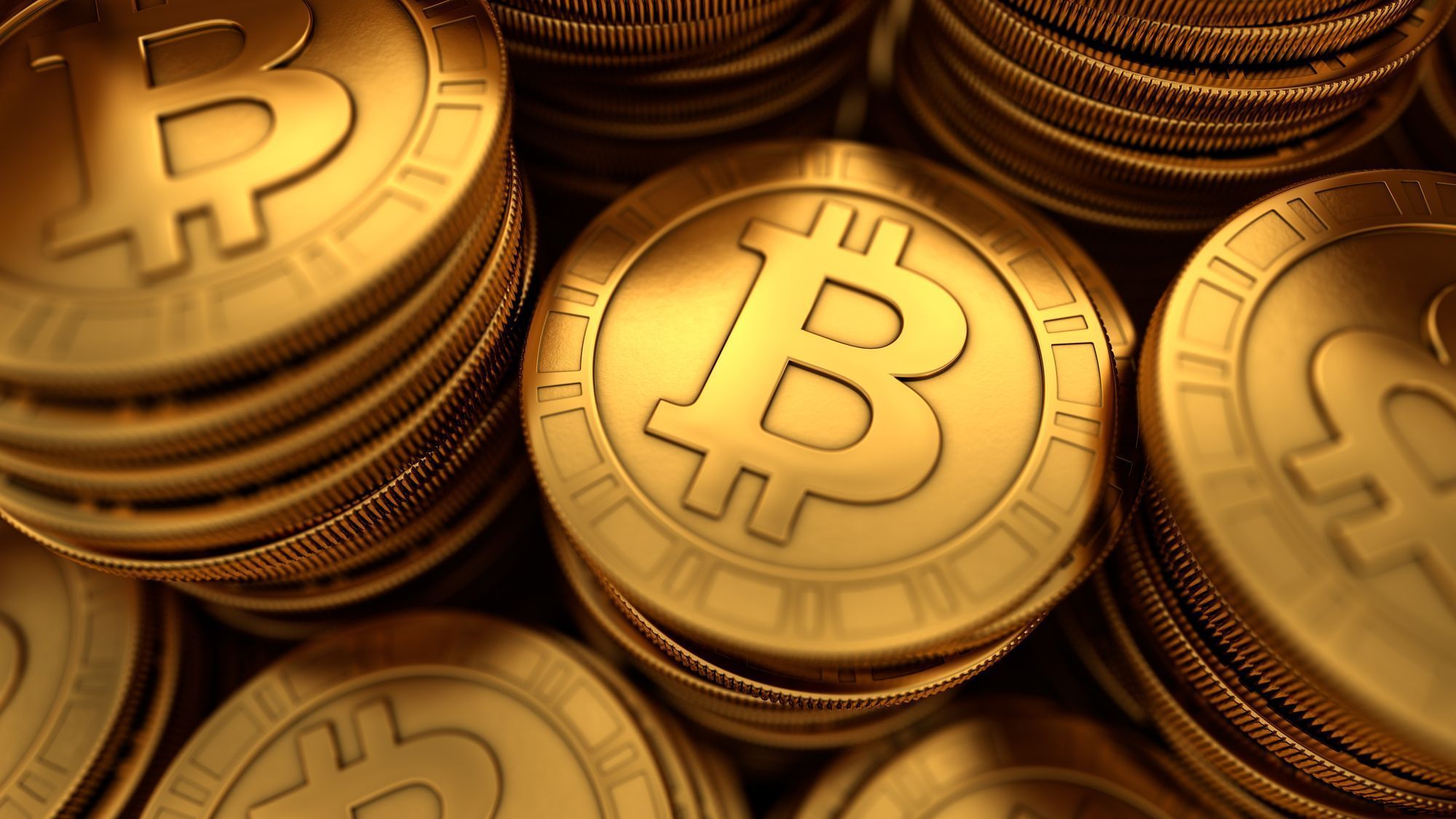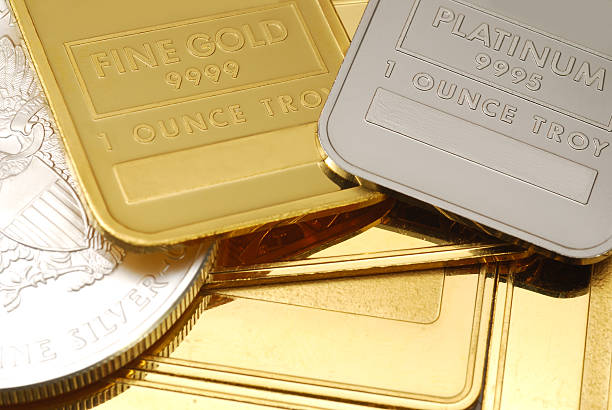Japanese Yen weakens amid risk-on mood, political uncertainty

- The Japanese Yen attracts fresh sellers on Monday, though it lacks follow-through.
- The risk-on mood and domestic political uncertainty undermine the safe-haven JPY.
- The divergent BoJ-Fed policy expectations contribute to capping gains for USD/JPY.
The Japanese Yen (JPY) kicks off the new week on a downbeat note in reaction to US President Donald Trump's pivot on China tariffs. This, in turn, boosts investors' confidence, which, along with domestic political turmoil, fails to assist the JPY to capitalize on Friday's goodish recovery move against its American counterpart from the lowest level since February 13. The USD/JPY pair, however, struggles to build on the Asian session gains beyond the 152.00 mark amid a subdued US Dollar (USD) price action.
Moreover, the divergent Bank of Japan (BoJ)-US Federal Reserve (Fed) policy expectations contribute to capping the USD/JPY pair amid relatively thin liquidity on the back of a bank holiday in Japan and the US. Nevertheless, the fundamental backdrop seems tilted in favor of the JPY bears, suggesting that any attempted recovery could be seen as a selling opportunity and is likely to remain capped. However, speculations that authorities could intervene to stem the JPY weakness warrant caution for bears.
Japanese Yen is pressured by easing trade tensions, domestic political uncertainty
- On Friday, US President Donald Trump threatened an additional 100% tariff on Chinese goods from November 1 in retaliation to new export controls Beijing is planning for valuable rare earth minerals. Vice President JD Vance defended Trump’s approach and warned that any aggressive Chinese response would be met with stronger US action.
- China’s Commerce Ministry responded by saying it will act to safeguard national interests if the US obstinately insists on new tariffs. The escalating rhetoric has cast uncertainty over a potential meeting between Trump and Chinese President Xi Jinping later this year, denting the global risk sentiment and boosting the safe-haven Japanese Yen.
- However, Trump sought to ease fears of a worsening trade conflict with China and posted on Truth Social that China’s economy will be fine and that the US wants to help China, not hurt it. Trump added that both countries wish to avoid economic pain, triggering a fresh wave of the global risk-on trade and undermining the JPY on Monday.
- Meanwhile, Japan's Komeito party ended a 26-year partnership with the ruling Liberal Democratic Party (LDP), jeopardizing Sanae Takaichi's bid to become the country's first woman Prime Minister. This turns out to be another factor that undermines the JPY and lifts the USD/JPY pair back above the 152.00 round figure during the Asian session.
- Traders are still pricing in the possibility that the Bank of Japan will hike interest rates by the end of this year. In contrast, the US Federal Reserve is widely expected to lower borrowing costs two more times by the year-end. Furthermore, the US Dollar is seen consolidating Friday's retracement slide and acts as a headwind for the USD/JPY pair.
- The US government shutdown began on October 1, with no end in sight yet. As a consequence of the budget freeze, Trump has already announced the first layoffs of federal employees. This is seen as another factor keeping the USD bulls on the defensive and warranting some caution before placing fresh bullish bets around the currency pair.
USD/JPY could turn vulnerable below 23.6% Fibo. level; 151.00 holds the key for bulls

From a technical perspective, the USD/JPY pair shows some resilience below the 23.6% Fibonacci retracement level of the recent surge from the monthly low amid positive oscillators on the daily chart. That said, Friday's breakdown through the 100-hour Simple Moving Average (SMA) warrants some caution for bulls. Hence, it will be prudent to wait for a sustained move beyond the 152.20 area (100-hour SMA) before positioning for any further intraday appreciating move. Spot prices might then climb to the 152.70-152.75 intermediate hurdle and reclaim the 153.00 mark before aiming to test the eighth-month high, around the 153.25-153.30 region, touched on Friday.
On the flip side, Friday's swing low, around the 151.15 region, could act as an immediate support. Some follow-through selling below the 151.00 round figure could drag the USD/JPY pair to the 38.2% Fibo. retracement level, around the 150.70 region. The corrective decline could extend further towards the 150.00 psychological mark. The latter also represents a confluence support – comprising the 200-hour SMA and the 50% Fibo. retracement level – and should act as a key pivotal point.
Risk sentiment FAQs
What do the terms"risk-on" and "risk-off" mean when referring to sentiment in financial markets?
In the world of financial jargon the two widely used terms “risk-on” and “risk off'' refer to the level of risk that investors are willing to stomach during the period referenced. In a “risk-on” market, investors are optimistic about the future and more willing to buy risky assets. In a “risk-off” market investors start to ‘play it safe’ because they are worried about the future, and therefore buy less risky assets that are more certain of bringing a return, even if it is relatively modest.
What are the key assets to track to understand risk sentiment dynamics?
Typically, during periods of “risk-on”, stock markets will rise, most commodities – except Gold – will also gain in value, since they benefit from a positive growth outlook. The currencies of nations that are heavy commodity exporters strengthen because of increased demand, and Cryptocurrencies rise. In a “risk-off” market, Bonds go up – especially major government Bonds – Gold shines, and safe-haven currencies such as the Japanese Yen, Swiss Franc and US Dollar all benefit.
Which currencies strengthen when sentiment is "risk-on"?
The Australian Dollar (AUD), the Canadian Dollar (CAD), the New Zealand Dollar (NZD) and minor FX like the Ruble (RUB) and the South African Rand (ZAR), all tend to rise in markets that are “risk-on”. This is because the economies of these currencies are heavily reliant on commodity exports for growth, and commodities tend to rise in price during risk-on periods. This is because investors foresee greater demand for raw materials in the future due to heightened economic activity.
Which currencies strengthen when sentiment is "risk-off"?
The major currencies that tend to rise during periods of “risk-off” are the US Dollar (USD), the Japanese Yen (JPY) and the Swiss Franc (CHF). The US Dollar, because it is the world’s reserve currency, and because in times of crisis investors buy US government debt, which is seen as safe because the largest economy in the world is unlikely to default. The Yen, from increased demand for Japanese government bonds, because a high proportion are held by domestic investors who are unlikely to dump them – even in a crisis. The Swiss Franc, because strict Swiss banking laws offer investors enhanced capital protection.







